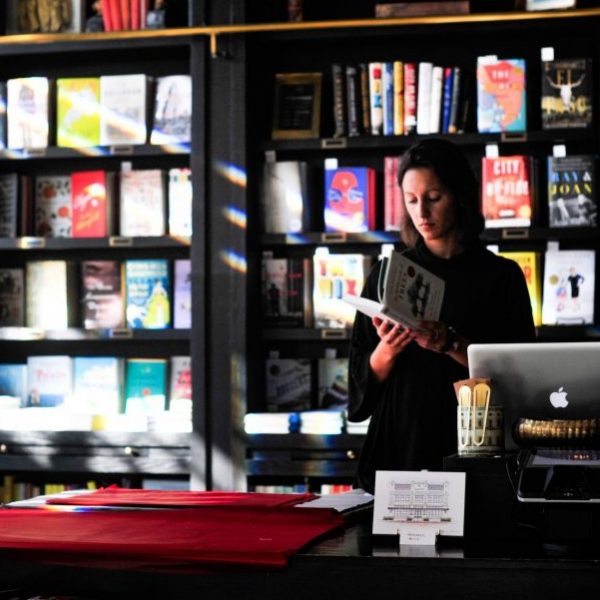What SUP from Your Favorite University Presses, October 12, 2012
Taking a good idea from our colleagues at Columbia University Press, we thought you’d enjoy a roundup of what we’re reading from other social university presses and what goes on in our corner of the publishing world. Dare we ask the question: SUP friends? And be sure to check out the new What SUP? column on the Yale Press Log to catch up on all the news you’ve missed!
Is affirmative action advantageous or plain unlawful? Princeton University Press takes a look at the implications of last week’s Supreme Court case.
The NYU Press follows up on the ban on sexuality-conversion therapy that was announced in California last week, featuring a video of the writer of the recent title, Pray the Gay Away, who explains why equal rights are important to society.
Keeping with the focus on current events, the University of Nebraska Press sheds light on voting patterns in Colorado, a former “reliably Republican” state which is now a swing state.
Also on the topic of election season, the MIT Press continues its Election Tuesday series with a post that examines presidential elections through the lens of social psychology.
Over at Oxford University Press, a former U.S. Congressman who once worked with Paul Ryan explains the problematic elements of the vice presidential candidate’s Randian worldview.
The University of North Carolina Press turns our attention back to history with a post about Jesus’ limited presence in the American Revolution.
Who are the significant fighters against corruption in modern times? The University of Pennsylvania Press focuses this week on Robert F. Kennedy and his battle against organized crime.
An excerpt posted on the Harvard University Press Blog relates how fishermen in the Atlantic finally arrived at the dramatic realization that “the sea was not immortal”.
Closing on an artistic note, the University of Chicago Press brings our attention to Laura Letinsky’s collection of photographs, Venus Inferred, which beautifully captures 46 pairs of lovers in their ordinary, domestic settings.




